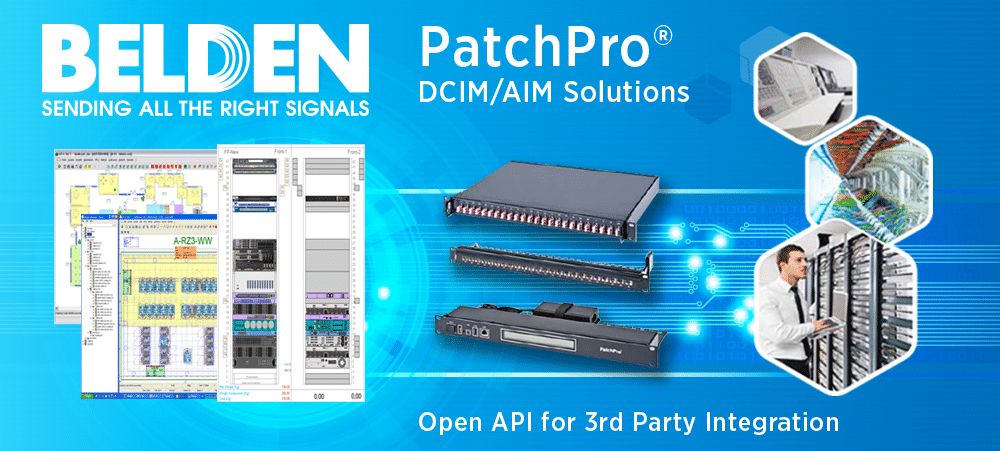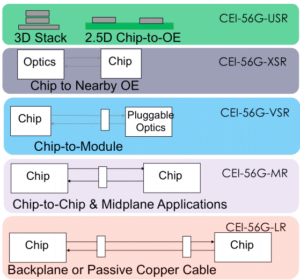DCIM/AIM Webinar – 24th Jan 11AM SAST
DCIM/AIM Software & Hardware Solution – Belden PatchPro®
24th January @ 11am SAST (South African Standard Time)
Join Wolfgang Schröder and Christos Birbilis from Belden to learn more about PatchPro®, Belden Data Centre Infrastructure Management (DCIM) software and Automated Infrastructure Management (AIM) hardware solutions.
PatchPro®Infrastructure DCIM/AIM solution works with PatchPro® hardware to achieve transparency and accuracy in complex, demanding environments. Adapting to any environment – small businesses, large enterprises or sophisticated data centers – PatchPro®I modular architecture allows you to license only the components you need.
Licensing is based on concurrent users, allowing you to install the software on as many workstations as you like – and allows you to grow in the future. It can also be adapted to your specific requirements without programming or expensive consulting.
With PatchPro®, you can:
- Monitor vital systems for early recognition of potential bottlenecks, such as hotspots, excessive power usage and other critical conditions that could impact business continuity
- Minimize the effort required to prepare for assessments, delivering data and documents to auditors for a fast signoff
- Extract business-critical, real-time data from your network and display it in tables, charts or combined dashboards
- Make sure existing data center capacity is utilized before investing in an expansion
- Support any topology (star, ring, bus or mashed network structures) or any voltage (low-, medium- or high-voltage [230 V, 400 V, 500 V])
- Integrate air conditioning, alerting, fire and intrusion detection, facility management and IT server monitoring systems
More than 2150 Clients Worldwide
Core Business:
- Development, Distribution and Services of, Technical Software (PatchPro® DCIM-AIM)“
- Building Information Systems, “BIS”
- Including Cable Management and IT-Network Planning & Documentation (DCIM / AIM)







